First things first. Nouadhibou is not New York, Nairobi or New Delhi. No, in fact, the town on the peninsula is more comparable to tranquil Pforzheim, Dordrecht or Cabo San Lucas in terms of population. But why do we list the place of the jackal, as the city is translated, under metropolises though? Well, it's quite simple. Nouadhibou is the economically most important city in Mauritania. Its Port Minéralier south of the city is used to ship the iron ore that the train brings three times a day from the mines of Zouérat and the surrounding area. In addition to the export of iron ore, gold, copper, petroleum, gypsum, salt and steel, fishing is the most important source of income for the city and the country. Mauritania's coastal waters are among the richest in fish in the world, despite severe overfishing. Nearly all of Nouadhibou's attractions are located at the port. Especially the Port Artisanal is worth seeing. In addition, the Table Remarquable, the Cap Blanc with its monk seals and the beautiful beach Kabanou should also be mentioned as places of interest. A trip to Nouadhibou can be the beginning or the end of your trip to Mauritania. It can also be combined with our NATIONAL PARKS TOUR. And if you want to get to know Adrar, including an adventurous final train ride, you can't avoid Nouadhibou anyway. We take you dust-blackened right after the train journey with the cab directly into the shower, before it goes to the city tour. And of course, we don´t forget your lunch. We recommend a visit with a maximum of one overnight stay.
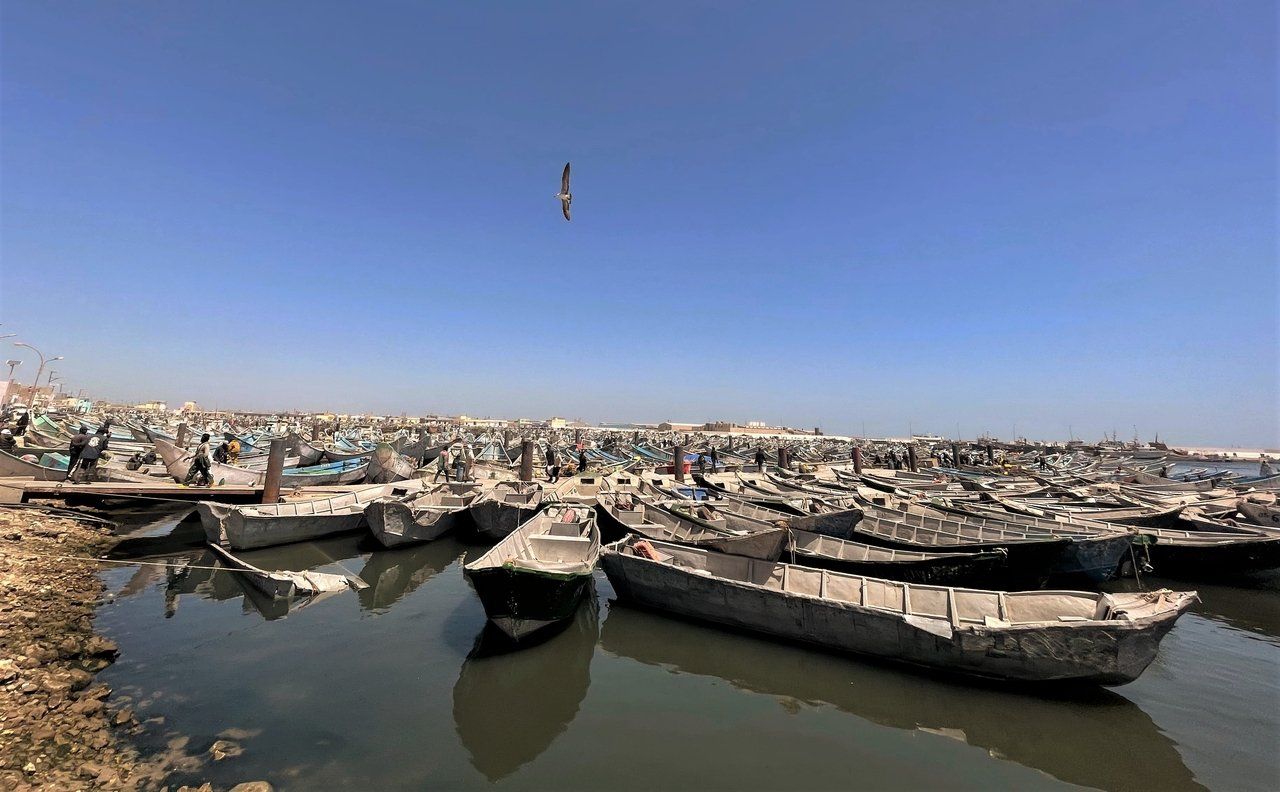
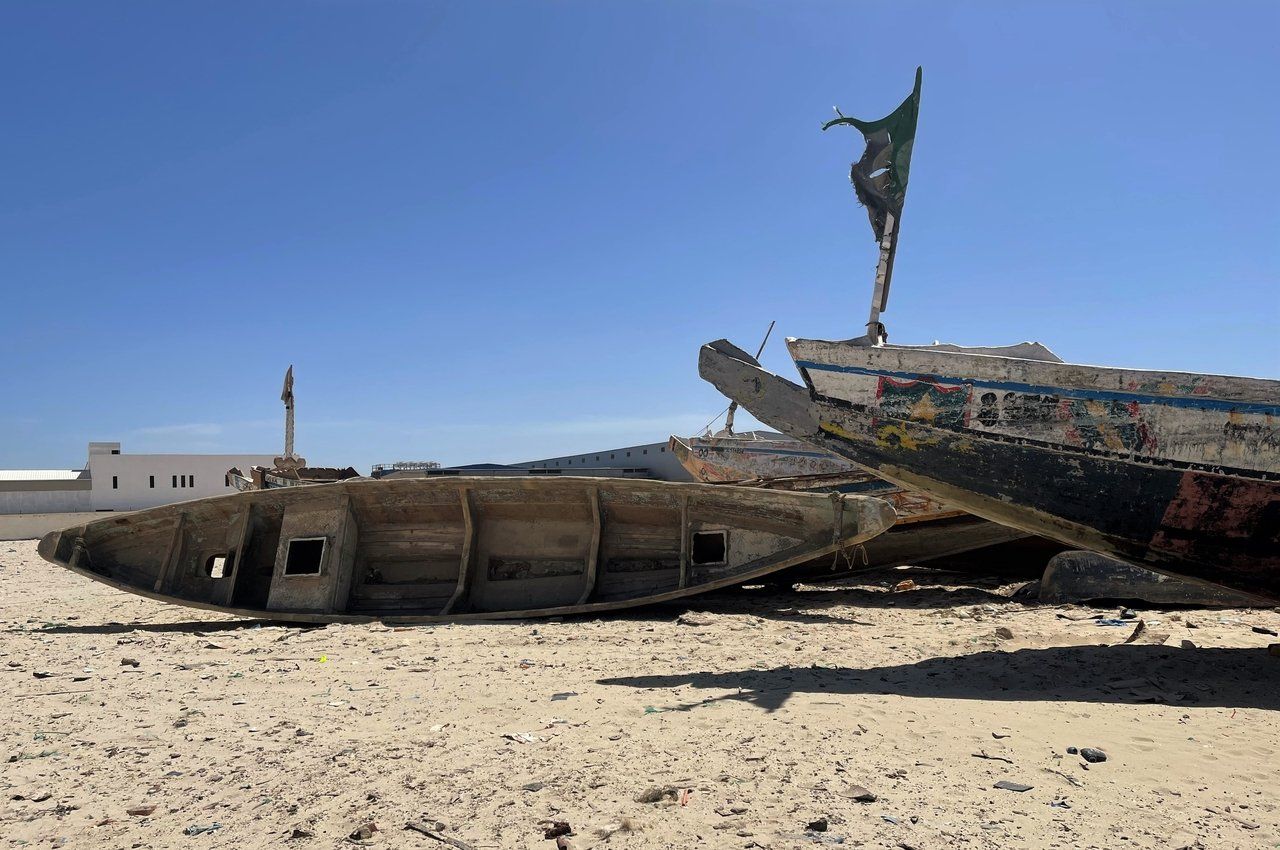
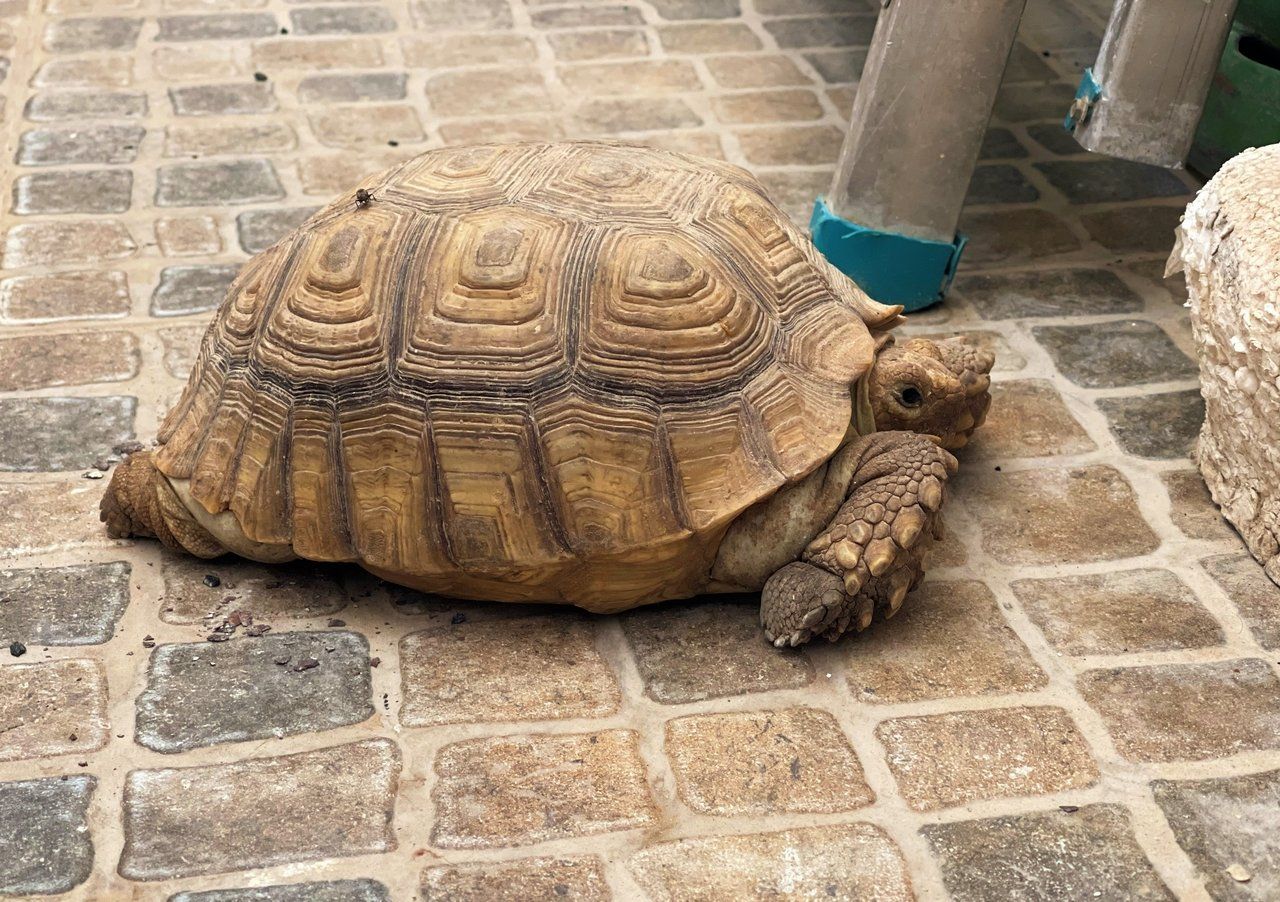
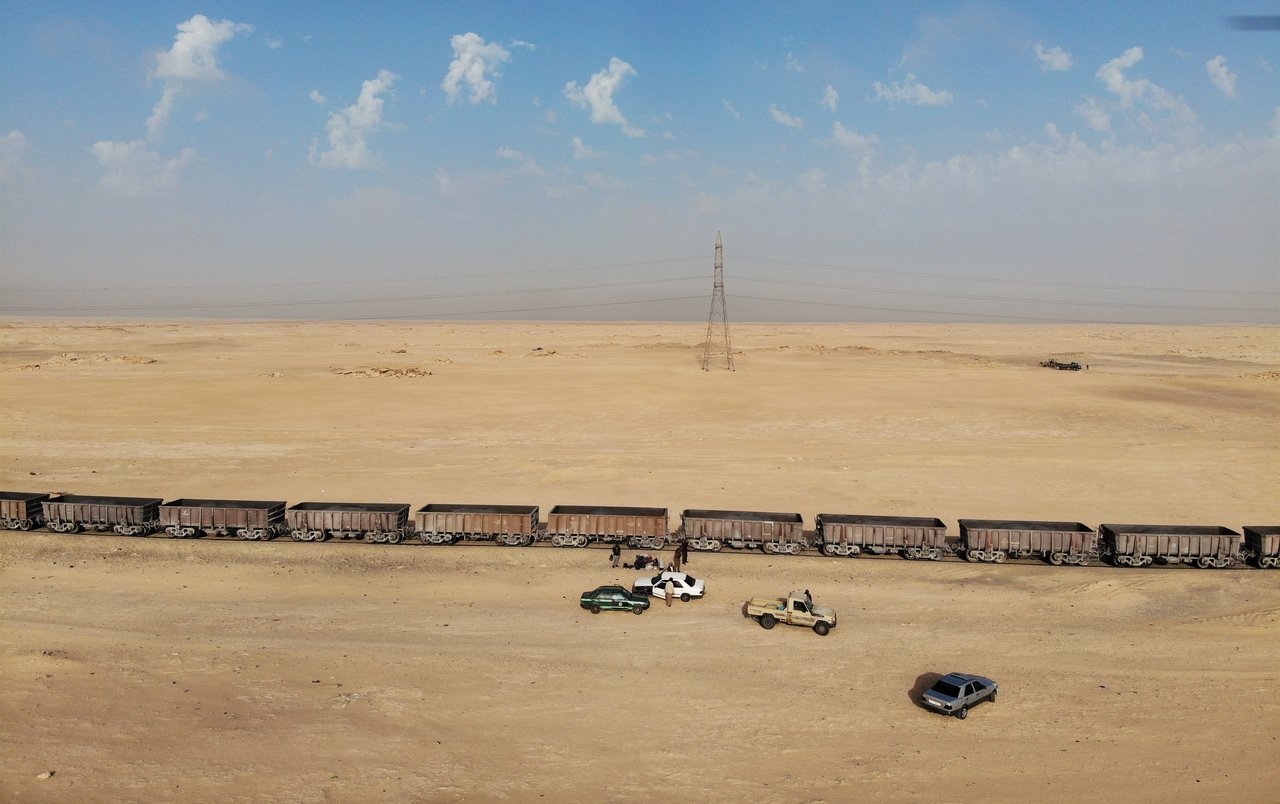
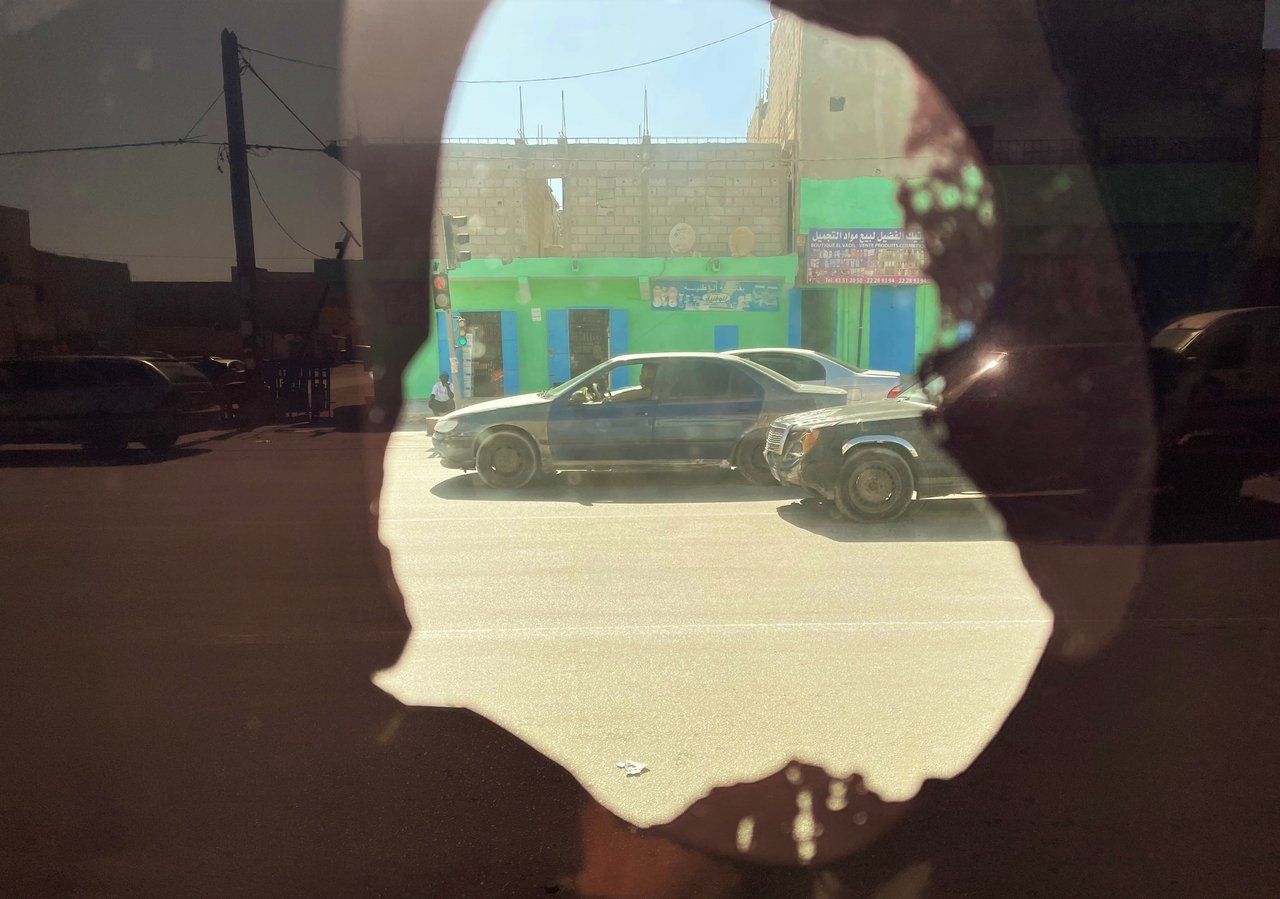
Nouadhibou is the second largest city in Mauritania and the real economic center. Similar to Nouakchott, Atar and Tidjikja, the city's history is closely linked to French colonial history.Founded in 1905 in French West Africa as Port-Etienne, Nouadhibou was intended to compete with Spanish-controlled cities further north - in what is now Western Sahara. The fishing port's importance grew as its boats were modernized, often with French or Spanish money. The transportation of petroleum and iron ore through the port contributed to economic growth.
However, in addition to the export of raw materials, fishing is still one of the most important economic activities in Nouadhibou today. Every day, local fishermen return with their catch around 5 p.m.. There are still Mauritanians and Senegalese who set sail from the Port Artisanal in the classic dugout canoe pirogues and then sell their fish at the market. Equally, however, there are also larger - often rusty - barges with which industrial fishing is possible. These depart from the Port autonome, which, with the Port Artisanal, forms the city's fishing port. The industrial boats often catch and process their fish on behalf of Chinese companies. The Mauritanian state also grants concessions to foreign corporations so that they can also fish on a large scale off the coast, usually out of sight of the city.
Almost all of Nouadhibou's attractions are located at the port. Visitors are especially interested in the Port artisanal with its hundreds of pirogues. Once, there was also a ship graveyard here, where more than 100 large barges had been rusting away undisturbed in the water for decades. In 2006, however, the EU began to clean up this environmental sin. Coming from Western Sahara (de facto Morocco), Nouadhibou is the first port of call in Mauritania. The city offers a good first impression of the diversity of the country. Unadorned, it shows how people earn their daily bread. At the port there are many workers from Senegal and Mali. Between the economic center and the capital, there is a highway that is well developed by Mauritanian standards. On the way lies the national park Banc d'Arguin, which especially nature lovers should not miss. Nouadibou is included in each of our Adrar tours as the end point of the train ride and can also be combined with other tours, such as the NATIONAL PARKS tour.